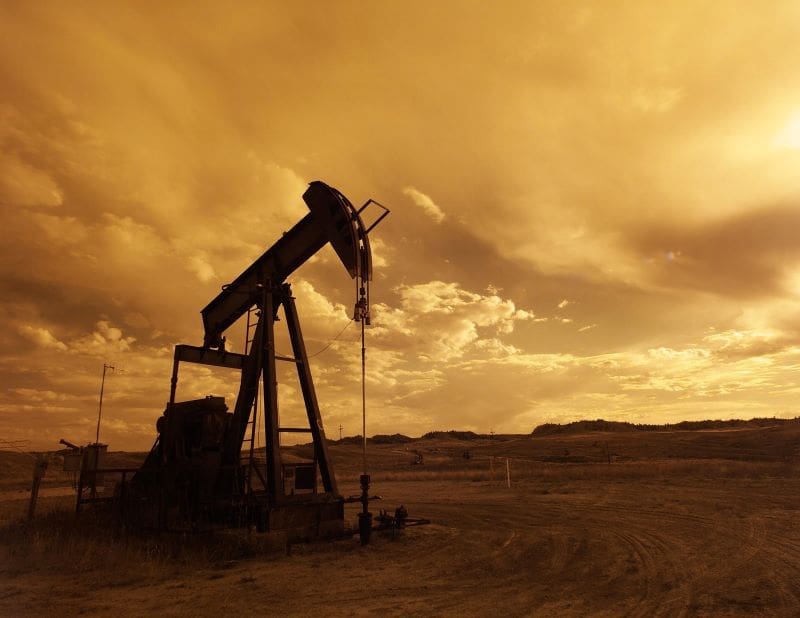In the ever-evolving oil and gas industry, lead generation has become crucial to maintaining a competitive edge. As we enter 2024, the sector is witnessing a seismic shift driven by digital transformation, necessitating innovative go-to-market strategies to stay ahead.
Keep reading to delve deeper into the multifaceted realm of lead generation, exploring the nuances of digital transformation, go-to-market strategies with oil and gas marketing ideas and the pivotal role of a robust digital presence for oil and gas sales resources and strategically deployed ads.
Digital Transformation in Oil and Gas
Digital transformation has become a cornerstone for success in the oil and gas sector. The industry, traditionally known for its reliance on conventional methods, is embracing digital technologies to streamline operations and enhance efficiency.
As a result, the way companies approach lead generation has transformed. This shift involves adopting new technologies and fostering a digital mindset across the organization.
Precision Through Automation
By incorporating advanced data analytics and automation, businesses can quickly identify and target potential leads.
Utilizing these technologies allows for a more nuanced understanding of the market, enabling companies to tailor their approaches to specific needs and preferences. Automation, in particular, streamlines repetitive tasks, freeing up valuable human resources to focus on strategic aspects of lead generation.
Integration of Artificial Intelligence
Looking ahead to 2024, artificial intelligence (AI) is poised to play an increasingly significant role in lead generation for oil and gas. AI-driven algorithms can analyze vast datasets, predicting trends and identifying patterns that human analysis might overlook.
Predictive analytics powered by AI can assist companies in forecasting market demands, enabling proactive and targeted lead-generation efforts.
Revamping Go-to-Market Strategies
To thrive in 2024, oil and gas companies must redefine their go-to-market strategies. A diversified approach that combines traditional methods with cutting-edge digital tactics is essential.
Establishing a robust digital presence is a fundamental step in this direction. This involves having an informative and user-friendly website and engaging in content marketing, social media outreach and other avenues that enhance visibility.
The Power of Digital Presence
Companies need to optimize their websites, ensuring they are informative and user-friendly. This digital hub is the focal point for potential leads, offering a comprehensive overview of the company’s capabilities and services.
A well-crafted website acts as a 24/7 virtual storefront, making a lasting impression on visitors. Regular updates, blog posts and interactive elements can further enhance engagement, encouraging visitors to explore and convert into leads.
Harnessing the Potential of Content Marketing
Content marketing, an integral part of modern go-to-market strategies, involves creating and distributing valuable, relevant content to attract and retain a target audience. In the oil and gas industry, this might include whitepapers, case studies and informative blog posts.
By positioning the company as a thought leader and providing valuable insights, content marketing enhances digital presence and builds trust with potential leads.
Strategic Deployment of Ads
In the digital age, ads have become indispensable tools for lead generation. Strategic placement of targeted ads can significantly boost visibility and attract potential clients. Whether through social media platforms, industry-specific websites, or search engines, well-crafted ads can capture decision-makers attention in the oil and gas sector.
In addition to their pivotal role in visibility, well-crafted ads capture the attention and nurture relationships with decision-makers in the oil and gas sector. By conveying a compelling narrative and aligning with the industry’s evolving needs, these targeted ads are powerful catalysts in building lasting connections that transcend the digital realm.
Data-Driven Ad Campaigns
Moreover, using data analytics in digital advertising allows companies to refine their strategies continually. By analyzing the performance of ads in real time, businesses can make data-driven decisions, optimizing their campaigns for maximum impact. This agility is a distinct advantage in an industry where staying ahead of the curve is paramount.
Personalization in Ad Campaigns
Looking forward, personalization is set to be a key trend in digital advertising for the oil and gas industry. Tailoring ads to specific audiences based on their preferences, behaviors and demographics can significantly enhance engagement and conversion rates.
Advances in AI and machine learning enable companies to dynamically adjust their ad content in real-time, ensuring it resonates with the unique needs of each potential lead.
Conclusion
Lead generation for oil and gas in 2024 is intricately tied to the industry’s digital transformation. Companies must embrace the change by adopting innovative go-to-market strategies, prioritizing a strong digital presence and strategic ads. In this dynamic environment, those who effectively leverage digital tools will survive and thrive in the competitive landscape of the oil and gas sector.
As technology advances, staying ahead of the curve requires a commitment to ongoing adaptation and the strategic integration of emerging trends in lead generation. The future belongs to those who can navigate the digital landscape with agility and foresight, ensuring a steady flow of high-quality leads in the years to come.





